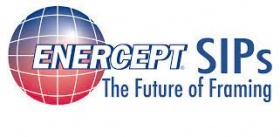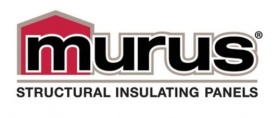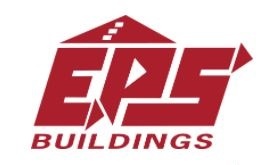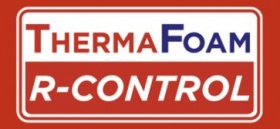
Expanded Polystyrene Flame Retardants
The following information is provided by the EPS Industry Alliance.
Flame retardants (FRs) play a crucial role in protecting homes, hospitals, schools and other buildings from the life threatening consequences of fire. In order to reduce the risk of fires and meet building and consumer protection codes, FRs are incorporated into many building and commercial products to accomplish one or more of the following functions:
- Raise the ignition temperature
- Reduce the rate of burning
- Reduce flame spread
- Reduce smoke generation
EPS Fire Resistance
The primary flame retardant currently used in EPS foam insulation is HBCD. Hexabromocyclododecane (HBCD) is an additive flame retardant that promotes increased fire resistance in EPS building and construction applications. This allows EPS foam insulation to meet the stringent fire safety requirements governed by the International Code Council and National Building Code of Canada, providing increased protection to buildings and building occupants. HBCD has also been used as a flame retardant in solid plastics such as high impact polystyrene and in carpets, upholstery and other textiles.
HBCD Detection Levels Miniscule
Environment Canada completed a thorough risk assessment and found that HBCD is not entering the environment in a quantity or under conditions that constitute a risk to human health. This determination is further supported by the European Chemicals Agency’s conclusion that HBCD presents no risk to consumers or the general public.
EPS Insulation Not Linked to HBCD Levels
Recent studies have supported the fact that EPS insulation is not a significant source of HBCD. Specifically, the study found high correlation between detectable levels of HBCD and the number of televisions and electronic devices present in the test areas suggesting that in-place EPS insulation is not a source of HBCD in the indoor environment.
















